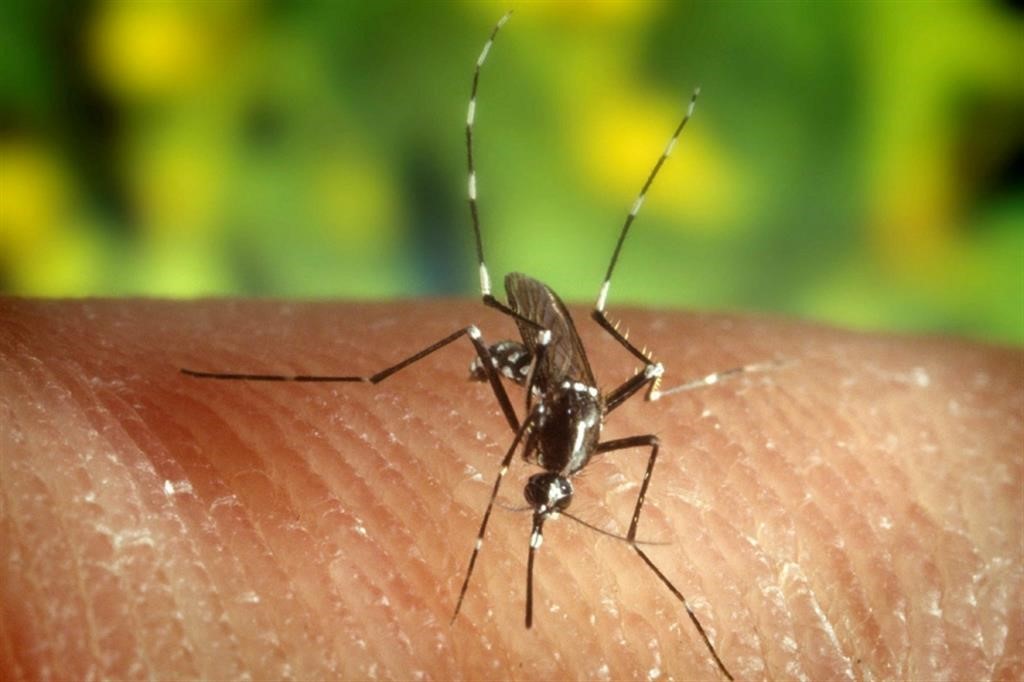
What is West Nile Virus and what are the symptoms of infection
Since the beginning of June 2022, more than 144 cases of West Nile Virus (WNV) infection in humans have been reported in various regions of Italy
In most cases the infection, which is transmitted to humans by the bite of infected mosquitoes, does not give rise to symptoms, but in elderly or immunocompromised persons it can give rise to serious illness.
What is West Nile Virus infection
As described by the ISS, West Nile fever is a disease caused by the West Nile virus (Wnv), a virus of the Flaviviridae family first isolated in 1937 in Uganda.
The virus is widespread in Africa, West Asia, Europe, Australia and America.
Reservoirs of the virus are wild birds and mosquitoes (most frequently of the genus Culex), whose bites are the main means of transmission to humans.
Transmission of the disease does not occur from person to person, but in almost all cases through the bites of infected mosquitoes.
Symptoms of West Nile Virus (WNV)
Most infected persons have no symptoms.
They may appear in some cases and for a few days:
- headache;
- fever;
- nausea;
- vomiting;
- enlarged lymph nodes.
The most severe symptoms occur on average in less than 1% of infected persons and include:
- high fever;
- severe headaches;
- muscle weakness;
- disorientation;
- tremors;
- visual disturbances;
- numbness; convulsions;
- paralysis;
- coma.
Some neurological effects may be permanent.
In the most severe cases (about 1 in a thousand) the virus can cause fatal encephalitis.
Diagnosis
It is important to consider the possibility of a diagnosis of West Nile in all persons who, particularly in summer and in endemic areas, develop high fever and acute neurological complaints, similar to those of meningitis or encephalitis.
Diagnostic suspicion can be confirmed by detecting class IgM antibodies in serum or cerebrospinal fluid and by PCR detection of viral RNA.
There are neither vaccines nor specific antivirals to treat West Nile virus, so prevention to reduce the risk of bites is the most effective weapon we have.
Recommendations to reduce the risk of bites
Here are some recommendations to reduce the risk of stings:
- Use clothing with long sleeves, long trousers, preferably light-coloured ones, and high shoes;
- check the skin periodically, especially in the most exposed areas;
- use mosquito repellents (DEET, icaridin, citrodiol) at the recommended concentrations and with repeated applications, given the limited duration of their protective efficacy (prefer lotion and cream formulations);
- reclaim mosquito-infested environments with insecticides (pyrethroids) in various formulations;
- resort to fumigant spirals (fangs) for outdoor environments, which can also be used indoors if they are ‘lit’ before staying there.
Read Also:
Emergency Live Even More…Live: Download The New Free App Of Your Newspaper For IOS And Android
Malaria, High Hopes From Burkinabe Vaccine: Efficacy In 77% Of Cases After Tests
Emergency Extreme: Fighting Malaria Outbreaks With Drones
First Malaria Vaccine Approved By WHO
Climate Change Means More Disease?


